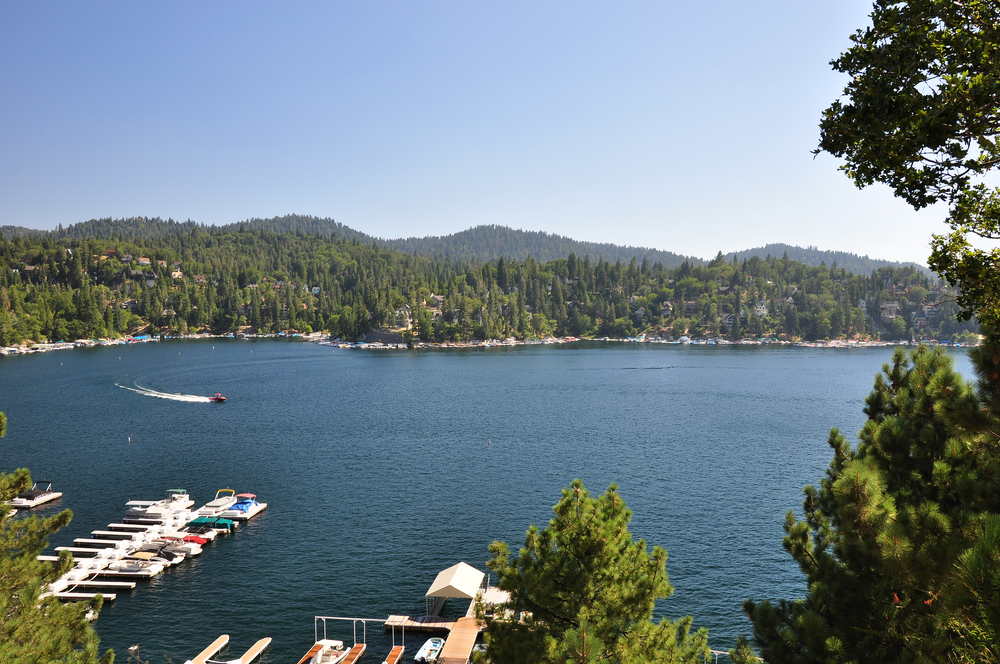The changing seasons spell different outdoor opportunities for you and your family. Spring and summer bring warm weather and a chance to get out for some fishing, wakeboarding, and general sunbathing. However, as the seasons change, you also need to adjust your dock and keep an eye on it, even during those seasons when it’s not getting much use. Learn more about why you need to adjust your docks with the changing seasons below.
Changing Lake Levels
Fluctuating lake levels are the primary reason to adjust your docks during seasonal changes. Lake levels naturally recede in the summer due natural evaporation and the water that gets pulled from the lake for in-home usage. In the fall and winter, the lake levels tend to rise as a result of added rain, snow, and precipitation.
The rising and falling throughout the year naturally have an effect on the geometry of the dock’s connecting points. For instance, if the pier stays at a fixed height and the water level lowers, the dock will naturally lower as well, which in turn causes a steeper gangplank level that can make moving to and from the dock difficult while also increasing the potential for tripping or slipping.
What to Keep in Mind as Lake Levels Change
There are several different factors to consider when lake levels change.
Gangplank Angle
As mentioned, the fixed point of the pier and the rising or lowering docks can cause the angle of the gangplank to change. At more severe angles, the gangplank can be difficult or downright dangerous to walk down.
Depth Below the Dock
Some areas on the lake floor will naturally be deeper than others, which can affect how much depth you have below your dock. It’s important to monitor this, especially if your dock is above particularly shallow waters. Move your dock before it potentially hits ground.
Sway Chain Tension
Sway chains should be connected at the same height as your gangplank to keep the chain tension more consistent as the lake level changes. Rising or receding water levels can change the tension and geometry of these connections. Failure to adjust the sway chains can result in damage or weaken the connection points.
Binding Points
Along with the sway chains, monitor other connection points. Depending on the dock, your connection points may include piers, sea walls, and stairs. As the water level fluctuates, monitor these connection points for potential binding. Furthermore, the gangplank angle can change, which can cause it to hit the platform under it. Move your dock to prevent binding points.
Changes in water levels can vary year to year. If the water does get low enough, you may need to disconnect the dock entirely and move it to the beach. This can be inconvenient for you, but it does help to avoid potential damage to your dock and the piers. As a potential solution, we recommend a sliding stair extension system, which helps you keep the connection between the pier and the dock while allowing for easy adjusting for low water levels.
Prepping for Winter Weather
Snow, extra rainfall, and high winds can all contribute to dock problems during the winter. Along with potentially damaging the wood, snow can actually weigh down your docks and cause them to submerge underwater. Remove snow as soon as possible to reduce the risk of damage and prevent the wood from water saturation. Check your dock regularly, particularly your depth and connection points, and adjust as necessary. Check out our blog for tips on preventing worst case winter scenarios.
General Maintenance All Year Long
Regardless of water levels, the best way to protect your docks is to properly maintain and monitor them all year long. Some general tips for regular dock maintenance:
- Apply paint or protective stains to your dock every one to two years to prevent moisture damage and water absorption.
- Check on flotation to make sure the dock stays high and out of the water.
- Inspect for damage regularly and address damage immediately. Even the smallest ding can potentially lead to larger (and more costly) issues down the line.
- Make sure that more advanced repairs and maintenance are conducted by professionals.
It may seem like a lot, but regular maintenance, even when you aren’t using your dock, protects you and everyone else, and ensures more good times on the water for years to come. Don’t have the time to regularly monitor your dock? Check out our Dock Watch program! We’ll make sure your dock is monitored and you are notified of any damages, potential weathering, or changing lake levels.

